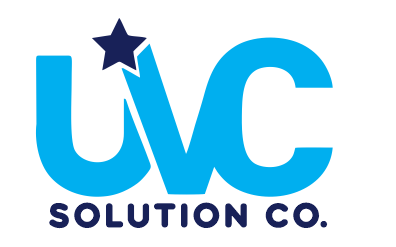As we try to rebound from the coronavirus pandemic, many scientists are recommending a decades-old technology that sterilizes both airborne and surface pathogens. It has the clumsy name of Ultraviolet Germicidal Irradiation (UVGI) and it brings the sun’s most powerful rays indoors.
UVGI or UV-C light mange the genetic material in pathogens, the DNA in bacteria and fungi, and the RNA in viruses; preventing them from reproducing.
UVGI has been used to stop pathogens in hospitals in order to lower the rate of Healthcare-Acquired Infections for decades. But does it work against SARS-CoV-2, the virus behind the pandemic?
The short answer is yes, but it’s not that simple. It takes the right, kind of UV-C light at the right dose, a procedure that is best measured and controlled by specialists.
Sterilize Using Non Chemical UV Light

We have struggled in the past to see this highly effective, very safe technology fully implemented for airborne infections,” said Dr. Edward A. Nardell, a professor of global health and social medicine at Harvard Medical School. “We’ve done the studies. We know it works.
Can be operated remotely across doors, walls, cabinets, no angle restrictions Note: After the disinfection mode is turned on, there will be a rapid sound, and the disinfection will automatically turn on after 20 seconds (The sound stops, and the lamp lights up). After regular opening, people need to leave the disinfection area. Prevent ultraviolet rays from harming people.
Air Disinfection
UV-C is used for air disinfection in virtually every application, because there are always situations where microorganisms in the air can cause a …
Surface disinfection
In high contact areas such as schools, retail outlets, industry, offices and public transportation, UV-C can be used for a deep disinfection….
Disinfection of objects
disinfection of objects and (shared) devices, UV-C chambers inactivate the majority of viruses in a matter of minutes. Typical usage includes disinfection …


